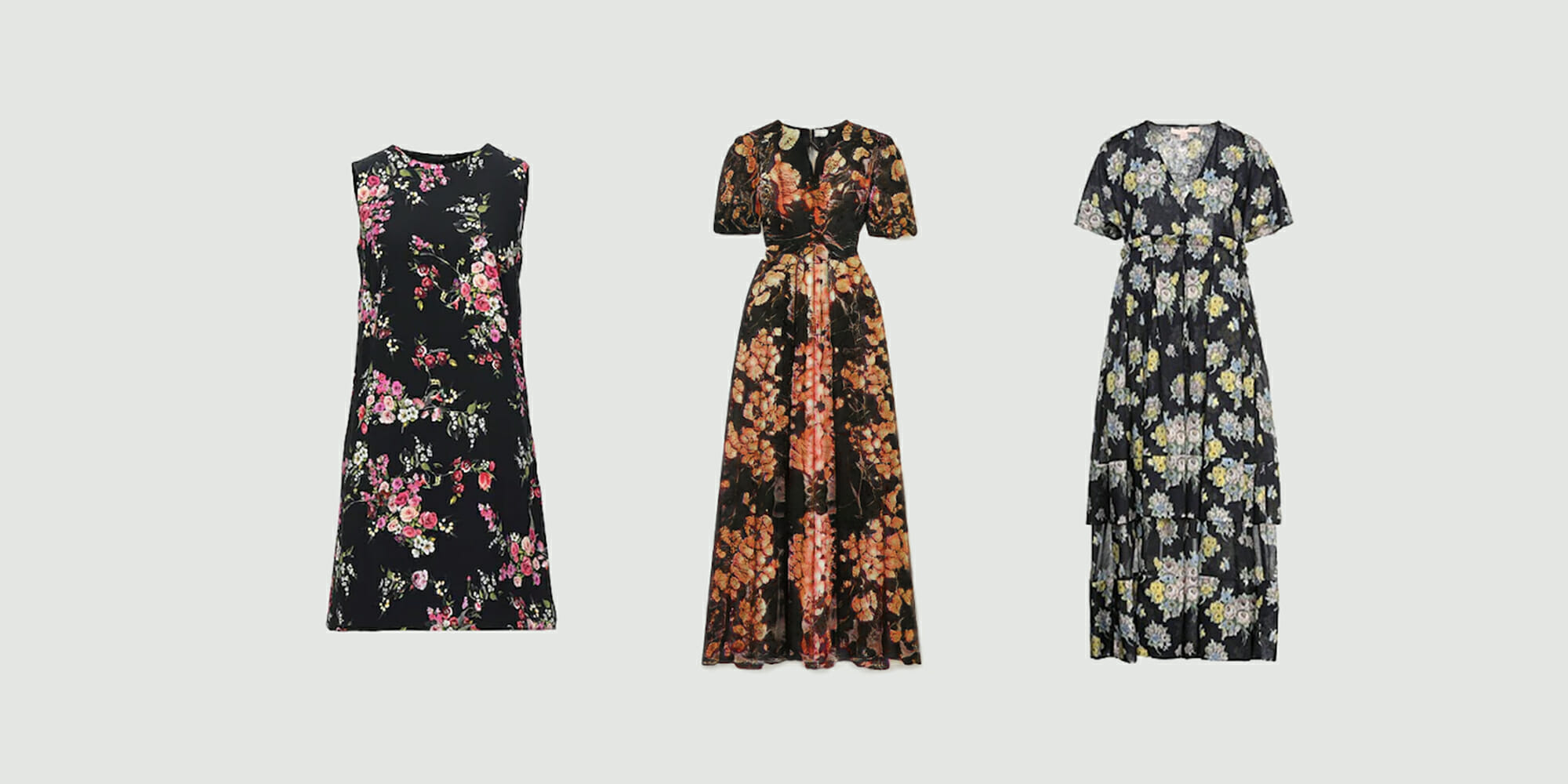
Artificial Intelligence to create 58 Million new jobs by 2022
AI will bring greater economic benefits according to a new report from the World Economic Forum.


Michele Camuri
Industry Lead, Retail & CPG, Microsoft Western Europe
“I believe that the future of fashion will be all about one-to-one services. Thanks to tools like AI and machine learning, brands will be increasingly able to understand their customers’ preferences and give them exactly what they want.”
Orlando Ribas Fernandes is describing his vision for artificial intelligence in fashion. The CEO of retail innovation startup XNFY Lab, Ribas has launched an AI-powered solution he believes will be a steppingstone on AI’s future in retail.
“The fashion industry is going through a turbulent phase and is having to shut down a lot of stores,” he says. “As a result, ecommerce is increasing, use of digital is exploding. This is the perfect storm for new technologies to succeed.”
In anticipation – or rather preparation – of this storm, Ribas Fernandes has partnered with Microsoft to launch AI Generated Fashion, a solution that uses AI to upcycle unsold clothes, helping designers in their creative process and supporting sustainable fashion.
Powered by Microsoft Azure Machine Learning and launched as part of the XNFY Lab, the solution allows individual brands to generate high-definition clothing models based on market trends and customer demands – and ultimately present them to customers even before they’re produced.
He is certain the ripple effect will be huge. “I recently pitched our solution to an Italian consultant who had more than 20 years of experience in luxury fashion and their feedback was rather unique,” he says. “They simply told us that we’ll likely disrupt the entire fashion industry.
“I don’t think people are prepared for this wave of change, but I’m certain they’ll embrace it right away.”
A Portuguese software engineer with a passion for disruptive technologies, Ribas Fernandes saw the potential of using AI in retail long before the XNFY Lab. “I have a masters degree in AI that I took 15 years ago – at a time when AI was seen as a rather exotic topic,” he says. “So when I finally had the opportunity to found my own startup, XnFinity, AI took center stage.”
Born as a smart digital receipt platform, XnFinity bids to apply AI and other new technologies to the retail sector. This was the basis of what would later become the XNFY Lab, an initiative that Ribas Fernandes and Microsoft launched jointly.
The goal of the Lab is to help retailers drive and test innovations through a cluster of internal R&D, startups, and other retailers. “Retailers often don’t have the time and resources to drive innovation, so they need the support of a technology partner to minimize the costs and risks of investing while also driving value quickly,” he explains.
“This is why we invited Microsoft to join us and create the XNFY Lab, to create a powerful ecosystem where a research team can focus on driving disruptive innovation, while best-in-class startups and retail partners collaborate with each other.”
Presented at the dawn of the COVID-19 pandemic, the initiative is hoping to play its part in helping the sector get back on its feet after a challenging period. “Retailers now have one and only priority – to keep alive,” he continues. “So it’s up to us at the Lab to help bring value for them, and that’s where the idea of AI Generated Fashion came from.”
Capable of creating visually pleasing, realistic images and virtual products, AI is a promising solution for the fashion industry and its supply chains. “AI can create high-quality visuals that can be hardly differentiated from their real-life versions,” says Ribas Fernandes. “As ecommerce becomes increasingly important, more emphasis needs to be put on digital stores.”
Ribas Fernandes believes that fashion is the perfect industry for AI to thrive due to its reliance on cycles and trends and its traditionally slow processes. “This sector has had the same old slow processes for decades, producing several collections throughout the year and then manufacturing on large scale without the certainty that their clothes will sell,” he says. “This is not only a risky investment, but it also generates a lot of waste in terms of money and materials.”
Hence the idea to optimize the entire process with AI. From designing the clothes to making sure they match current trends and previewing them to customers ahead of production, XNFY Lab’s solution encompasses all parts of an item’s lifecycle. This helps brands with both forecasting demand and reversing trends that may lead to unsold items.
“Our goal is to empower influencers, stylists and creative directors in their work,” he says. “And our solution, which uses Azure Machine Learning, is doing just that – helping them generate new garments and soon allowing customers to virtually try them on and customize them.”
Alongside assisting in the creative process, Azure Machine Learning is also used to accelerate the approval of collections and their rollout – optimizing supply chains. As he puts it: “Our research team can use it to check on progress, assess whether we are on the right path of design and launch, but also increase the quality of images and align with its self-assessment until better results are achieved.”
For the makers of AI Generated Fashion, revolutionizing the industry is not just a case of bringing more technology to it, but making it more sustainable.
From production to shipping, the fashion industry is estimated to account for 10% of global carbon emissions and between 10% and 20% of all pesticides. This, says Ribas Fernandes, is something that customers increasingly care about and keep in high consideration when its comes to picking brands.
He believes that AI-Generated Fashion can be the answer to this issue, and help the industry improve its sustainability credentials by generating new design ideas based on unsold inventory and deadstock fabrics.
“Fashion brands want to be more and more environmentally friendly, and consumers are starting to take that into account,” comments Ribas.
“So our initiative is a great opportunity to drive sustainability in this world, promoting a zero-waste approach to our models and putting AI in the hands of the customer.”
More broadly, this would allow brands to elaborate holistic sustainability strategies that keep into account factors like production, shipping and choice of materials.
But this doesn’t necessarily need to be limited to fashion, as the Lab is currently vying the possibility of extending to furniture making, architecture and other sectors. “These industries may not be needing to modernize as urgently as fashion,” he says. “But they are just as under pressure to be more sustainable, so we’re hoping we find some cases in these industries too.”
Launching AI Generated Fashion was the first milestone of XNFY’s roadmap to rollout and introduce its solution to the fashion world.
Looking ahead, the next step will be allowing customers to visualize their own avatars, as well as transforming currently still images into more dynamic videos. “Just like real-life runways, buyers will be able to look at clothes from different angles thanks model catwalks,” explains Ribas Fernandes. “They’ll also be able to see themselves wear their garment in different scenarios, like at home or a party.”
Alongside these initiatives, the Lab is also looking into enhancing customer engagement on social media and making sure that the user experience is as engaging as possible. “We really want to bring the shopping experience online, it will be something of a mix between TikTok or Instagram and e-commerce,’ he continues. “We’re also looking to explore case uses for quantum technologies and blockchain.”
He strongly believes that this will continue to be a flagship collaboration with Microsoft, who was crucial in making the initiative become reality.
“Our hope is that this solution will help break down a lot of taboos about the AI, showing how it can be used to drive meaningful change,” he concludes. “So bringing sustainability and empowering human creativity, shifting customers and designers’ opinion on artificial intelligence.”